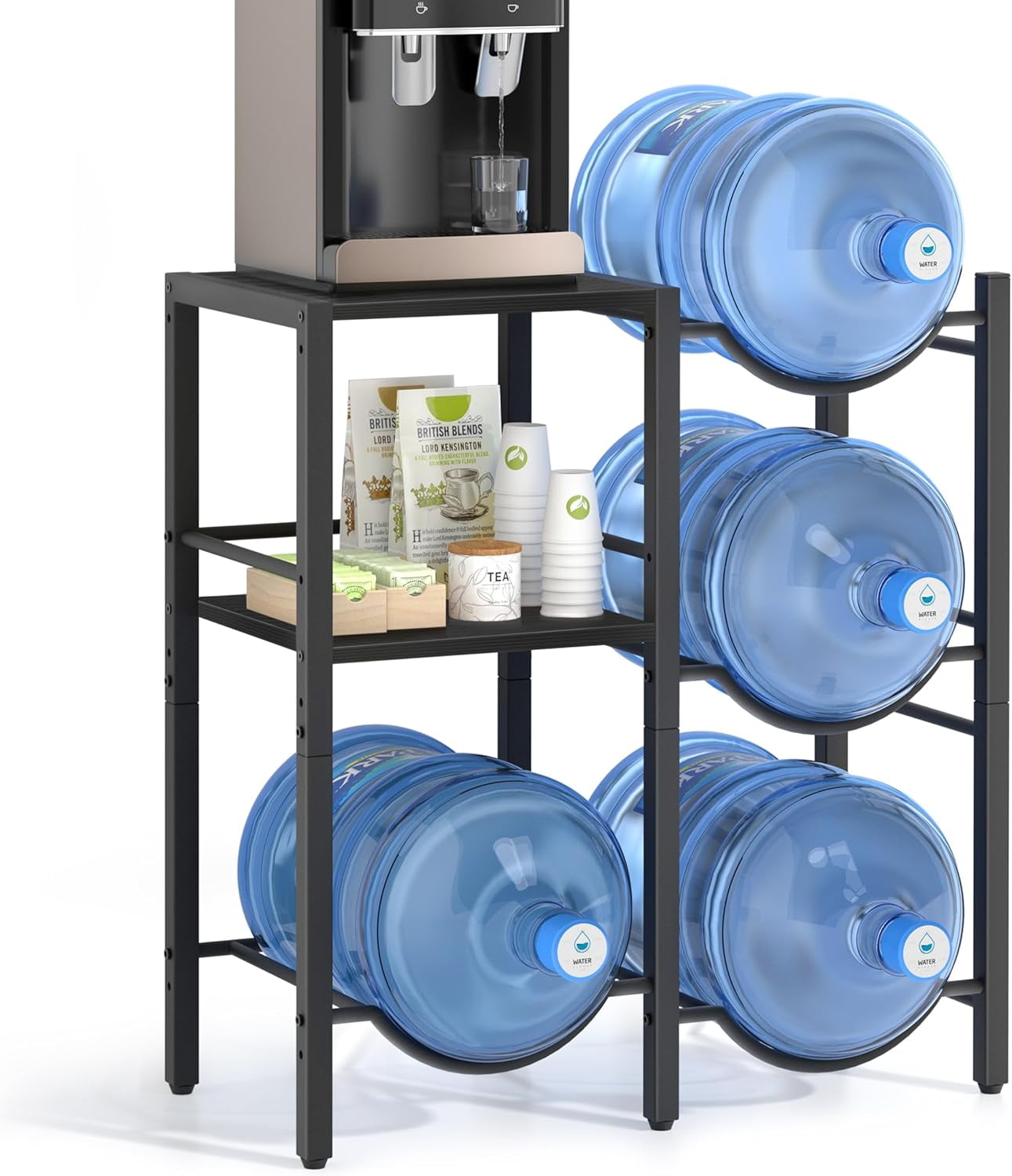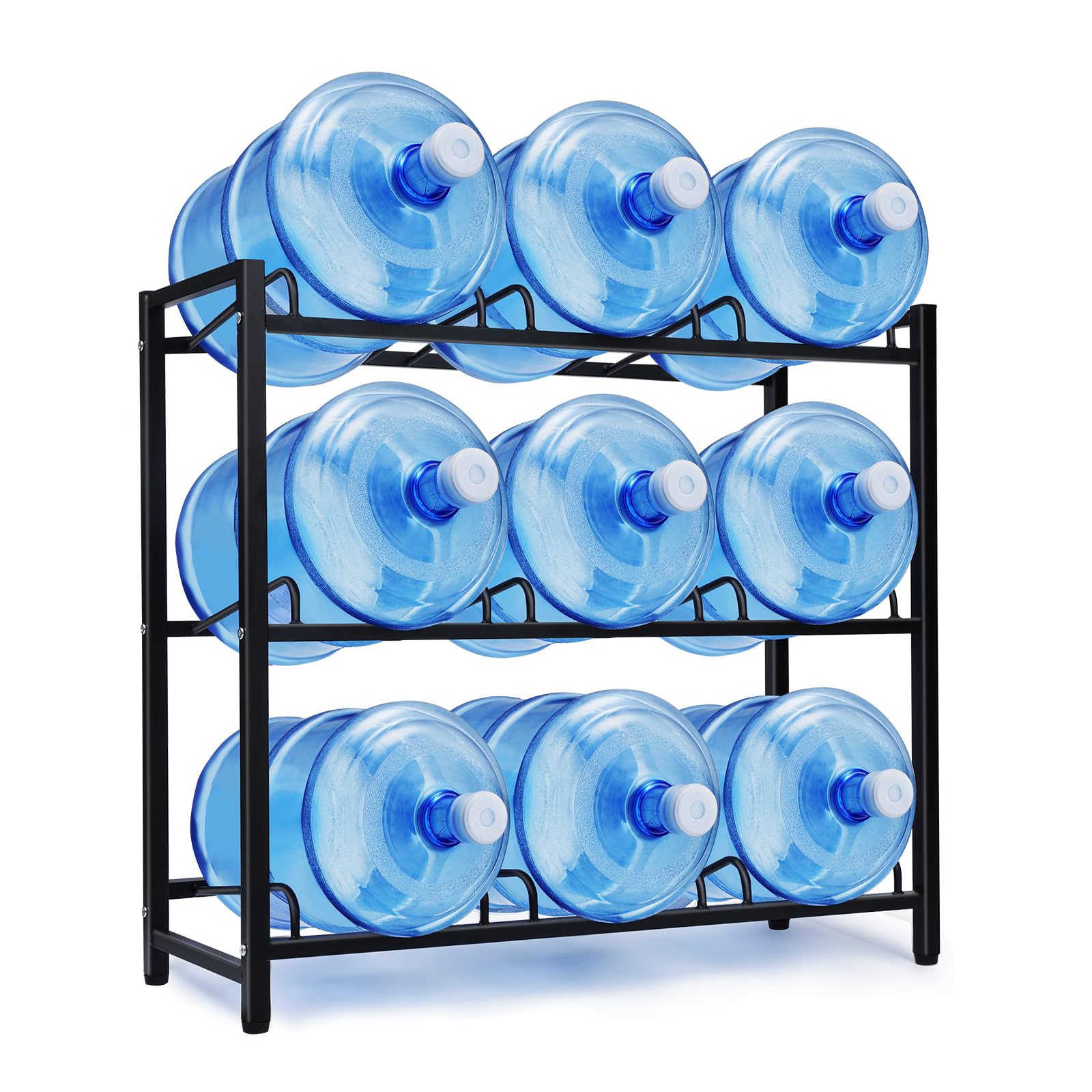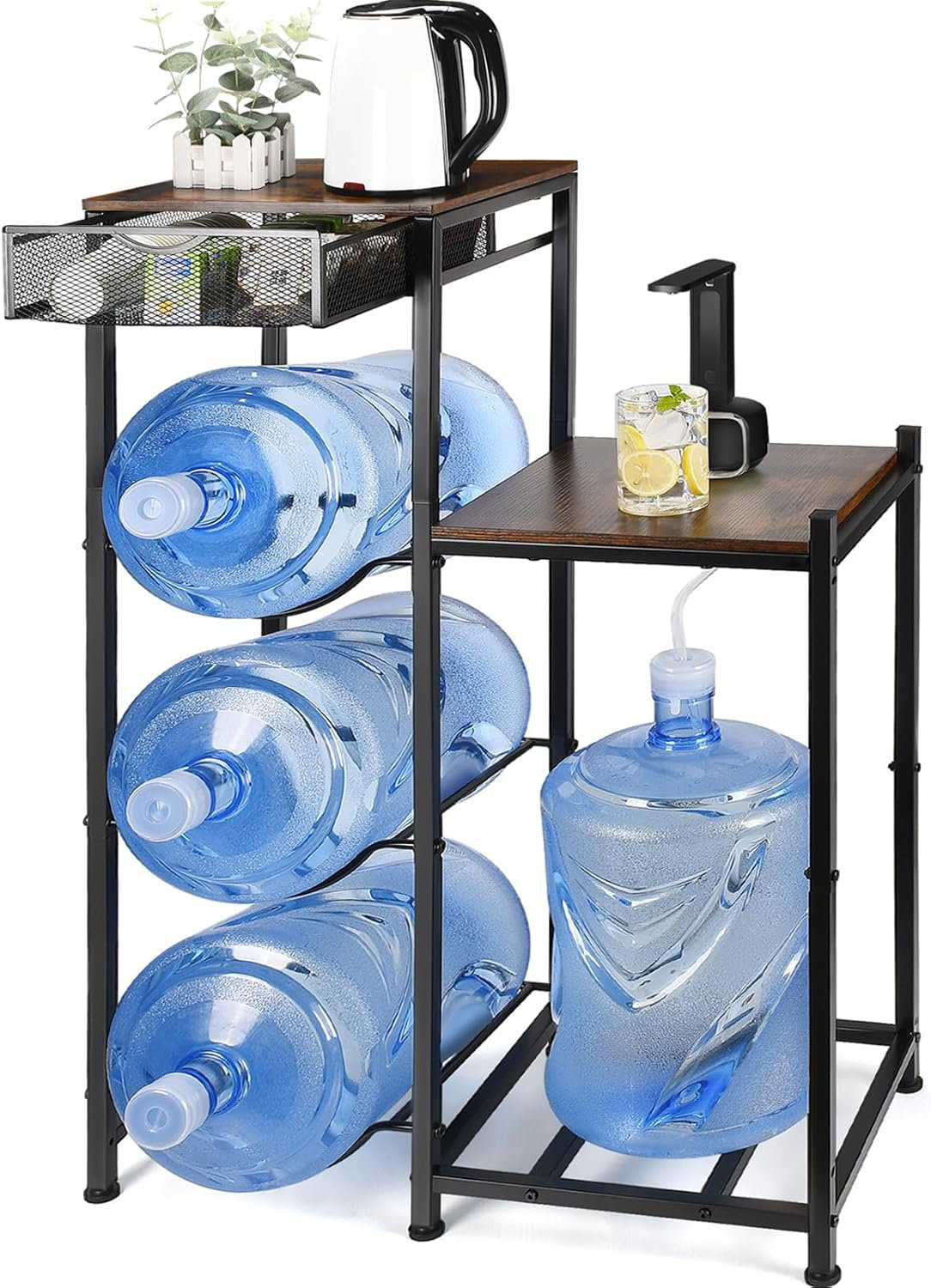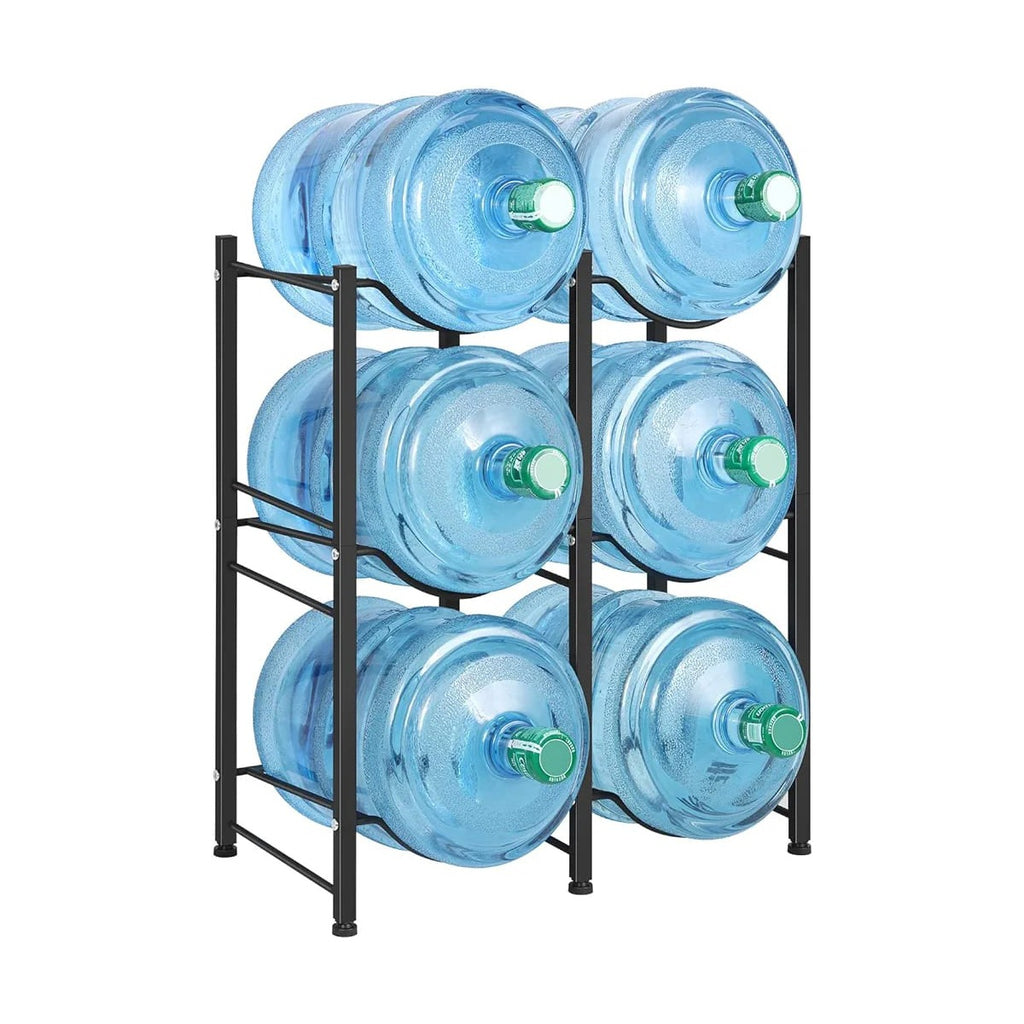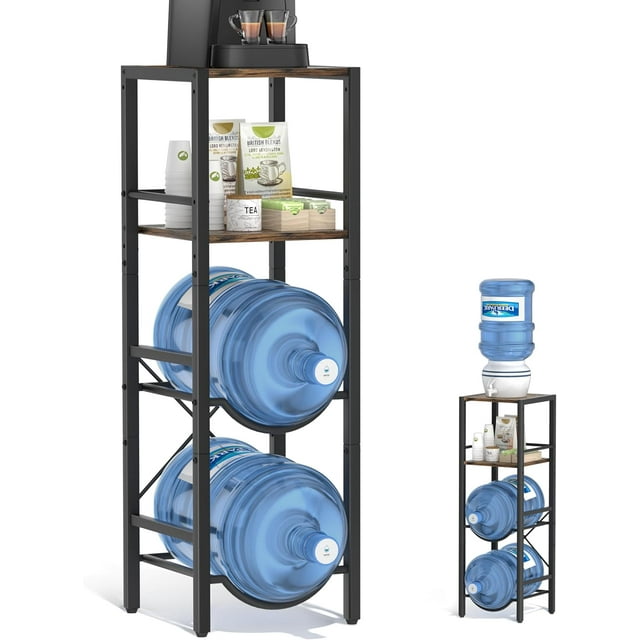Stand For 5 Gallon Water Bottle
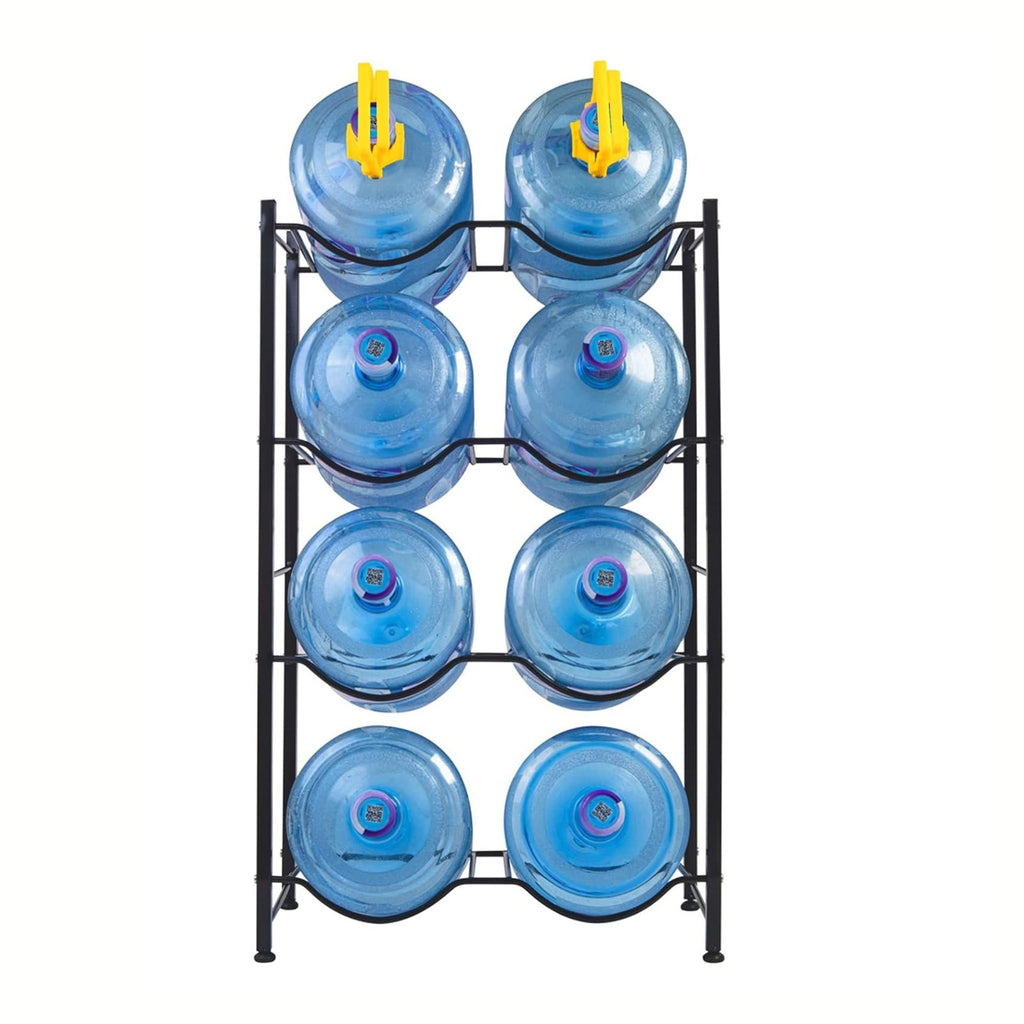
The humble 5-gallon water bottle, a ubiquitous symbol of hydration in homes and offices across the nation, is at the center of a growing debate. Concerns range from ergonomic design and safety issues to environmental impact and the economic burden on consumers, demanding a closer look at this everyday object.
This seemingly simple container is not just about quenching thirst. It represents a complex intersection of health, safety, environmental responsibility, and consumer economics. This article delves into the multifaceted issues surrounding the 5-gallon water bottle stand, examining the challenges and potential solutions that are emerging in response to growing public scrutiny.
The Ergonomic Challenge: Lifting and Strain
One of the most significant concerns surrounding 5-gallon water bottles is the physical strain involved in lifting and dispensing water. A full 5-gallon bottle weighs approximately 40 pounds, posing a considerable risk of injury, especially for individuals with pre-existing back problems or limited upper body strength.
OSHA (Occupational Safety and Health Administration) guidelines emphasize the importance of safe lifting practices to prevent musculoskeletal disorders. Repeatedly lifting and maneuvering heavy water bottles can contribute to back pain, shoulder injuries, and other chronic conditions.
The problem is exacerbated by the often awkward posture required to lift the bottle and invert it onto a dispenser. Studies have shown a correlation between the frequency of heavy lifting and the incidence of back injuries, highlighting the need for improved ergonomic solutions.
The Role of Water Bottle Stands
Water bottle stands are designed to mitigate some of these ergonomic risks. They raise the dispensing point, reducing the need to bend over and strain the back when filling a glass or container.
However, not all stands are created equal. The stability and design of the stand are critical factors in preventing accidents and injuries. A poorly designed stand can be just as dangerous, if not more so, than lifting the bottle directly.
Consumer Reports frequently evaluates such products, emphasizing the importance of stability testing and safety features in their reviews. A sturdy base, non-slip feet, and a secure locking mechanism are essential attributes of a safe and effective water bottle stand.
Safety Concerns: Stability and Potential Hazards
Beyond ergonomic considerations, the stability of water bottle stands is a major safety concern. A flimsy or poorly constructed stand can easily tip over, causing injury to those nearby and creating a potential hazard, especially in homes with young children or pets.
Reports of accidents involving overturned water bottles and stands are not uncommon, ranging from minor spills to more serious incidents involving cuts and bruises. The potential for a 40-pound bottle of water to fall onto a person or object underscores the need for rigorous safety standards and responsible product design.
The Consumer Product Safety Commission (CPSC) is responsible for ensuring the safety of consumer products, including water bottle stands. However, enforcement of safety standards can be challenging, particularly with the proliferation of online retailers and imported products.
Environmental Impact: A Sustainability Challenge
The environmental impact of 5-gallon water bottles is another area of growing concern. While the bottles themselves are often made of recyclable plastic, the sheer volume of bottles used and discarded each year presents a significant challenge to waste management systems.
Many bottles end up in landfills, contributing to plastic pollution and the depletion of natural resources. While refillable systems are intended to reduce waste, the cleaning and transportation processes also have an environmental footprint.
The EPA (Environmental Protection Agency) actively promotes recycling and waste reduction strategies to minimize the environmental impact of plastic products. Consumers can play a role by choosing refillable options, properly recycling empty bottles, and advocating for more sustainable packaging alternatives.
Economic Considerations: Cost and Convenience
The cost of 5-gallon water delivery or exchange can add up over time, especially for households with high water consumption. While it may seem convenient, the recurring expense can be a significant factor for budget-conscious consumers.
Alternatives such as filtered tap water or point-of-use filtration systems offer potentially more cost-effective and environmentally friendly solutions. These options eliminate the need for bulky bottles and reduce the environmental impact associated with transportation and disposal.
However, the convenience factor of pre-filled water bottles remains a draw for many consumers, particularly in workplaces or situations where access to clean tap water is limited. Ultimately, the choice depends on individual preferences, budget constraints, and environmental awareness.
Looking Ahead: Innovation and Solutions
The challenges associated with 5-gallon water bottles are driving innovation in both stand design and alternative water solutions. Manufacturers are developing more ergonomic and stable stands, incorporating features such as adjustable height, non-slip materials, and enhanced locking mechanisms.
Simultaneously, advancements in water filtration technology are making it easier and more affordable to access clean, filtered water directly from the tap. Reverse osmosis systems and other advanced filtration methods are becoming increasingly popular, offering a sustainable and cost-effective alternative to bottled water.
The future of the 5-gallon water bottle is uncertain, but it is clear that the industry is facing growing pressure to address the ergonomic, safety, environmental, and economic concerns associated with this ubiquitous product. Consumers are demanding safer, more sustainable, and more cost-effective solutions, and the market is responding with innovation and alternatives.
